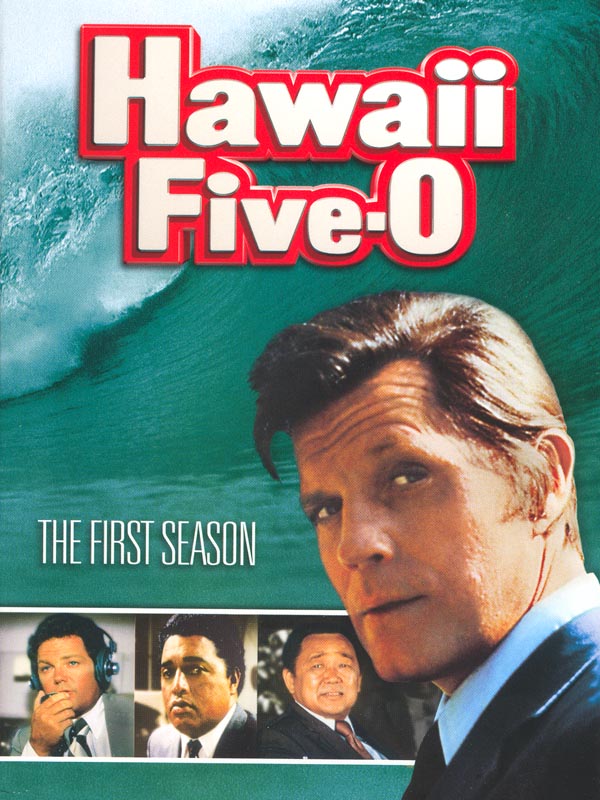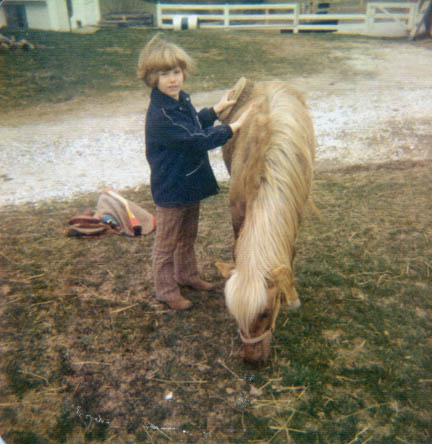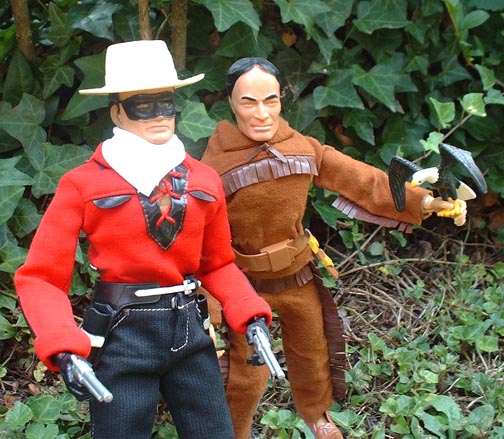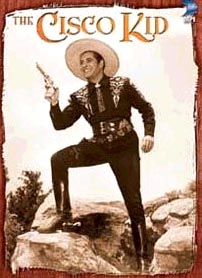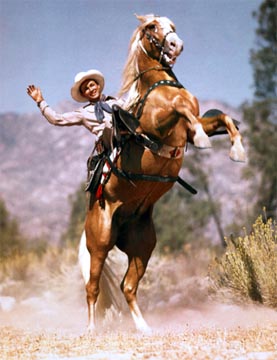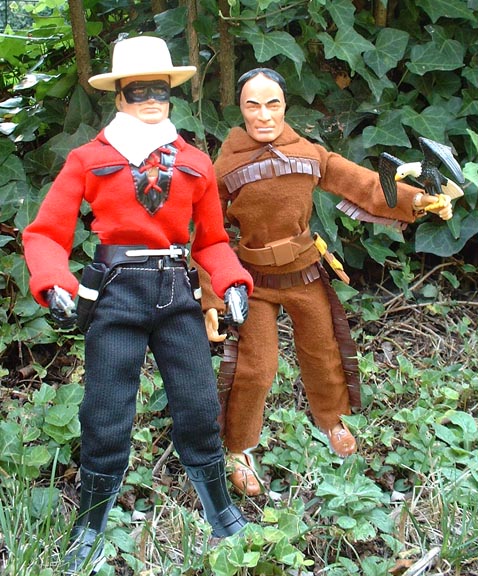My lovely wife, like so many others around the world, became obsessed last weekend with reading all 759 pages of Harry Potter and The Deathly Hallows before anyone of her friends let loose with revealing tidbits or she saw any spoilers on the Internet. Despite all the activities around our house during the weekend, she managed to finish the book by Monday, a pretty amazing feat from my perspective when it takes me a week or more to plow through a 250-page novel. I admired her dedication to the cult of Potter, but I have never understood it.
Ever since this whole phenomenon started, I’ve had countless people stare at me aghast when I proclaim that I haven’t read any of the Potter books. I suppose because I’m into some other nerdy things like Star Trek and comic books, people assume that I would be climbing right on the back of the Potter buckboard, but in fact, I have a real aversion to what I would call British Preciousness. You know, all the cute and fuzzy fantasy characters with their goofy names and their quaint powers which come into play at just the right time so the writer can easily pull the character’s butt out of the fire without thinking of a plausible solution.
As an adolescent, I had the same visceral disgust for all the quaint and cute fantasy elements of J.R.R. Tolkien’s Middle Earth. Whenever someone started talking about gnomes and elves and magic rings and started throwing around cuddly names like Frodo and Bilbo Baggins, I just shuttered. Back then, people also assumed that I would lap up this otherworldly crap, but I had no interest and was annoyed with those who tried to convince me that I should like it. I was a science fiction person, and although some people are into both, I saw a real difference in speculating about our own future and delving into a completely made up world that never did and never will exist.
First of all, I can’t relate to it. If I have to train myself to understand who all the creatures are and what all their powers are, then figure out how their fantasy world is laid out and where they’re going, you’ve already lost me. I don’t want to do that much homework. Let’s at least deal with real humans. I know what they look like and what their not-so-special powers are.
I thought perhaps watching the movies would make it easier to get into the Potter spirit. After all, a movie only requires that I sit and watch and listen. Little did I know how difficult such tasks would be. Now, I’ve sat through the most boring, putrid, insipid, and mind-bending movies ever filmed. I have tremendous endurance when it comes to annoying cinema. And to be fair, the Potter films are all well-made, big-budget epics with strong casts. Nevertheless, when those wizardly rugrats start rattling off ensorcelled exposition on spinning staircases while the wall hangings go about their ghostly gabbing, I feel like I’ve shown up at the wrong party and somebody’s spiked my drink. I keep wishing I can catch the next flying train back to
Don’t get me wrong, if you are into it, that’s perfectly fine. I’ve certainly given up trying to explain to my wife why The Band Wagon is the greatest movie musical ever made or why Kurt Vonnegut was an amazing writer. I’m clearly in the minority with this Harry Potter thing anyway. I’m just glad that the last book is finally out and I won’t have to be subjected to anymore hype…at least until the next movie comes out or J.K. Rowlings assaults us with another phonebook-sized tome of British Preciousness.




